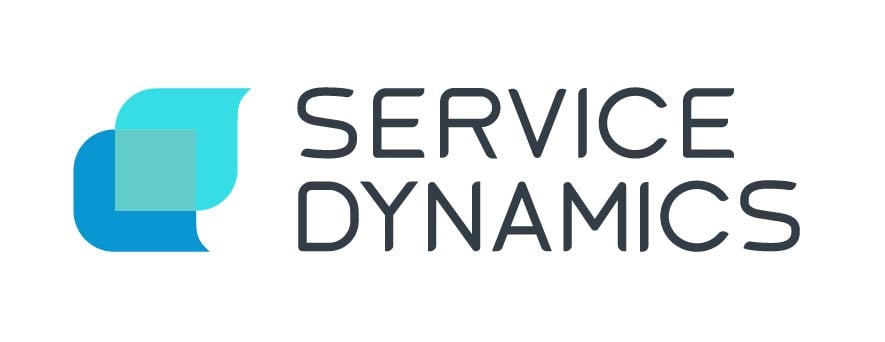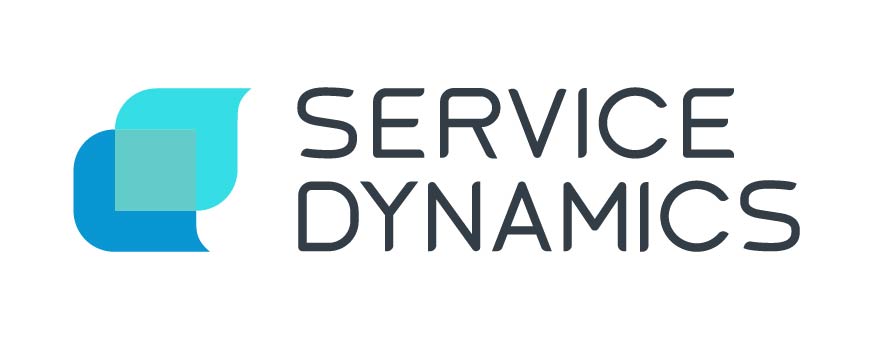This guide provides a high-level overview of what’s involved in our approach to shortlisting ITSM tools for New Zealand & Australian organisations of all sizes. It helps to quickly document key requirements and create a shortlist of suitable ITSM tools. It also provides the knowledge and understanding needed for a formal ITSM tool procurement exercise - including whether a potential ITSM tool vendor will support a particular organisation’s business objectives.
The key deliverables for an ITSM tool shortlist
The deliverables from this ITSM tool shortlisting approach include:
- Requirements: Documented high-level requirements for a replacement ITSM tool based on interviews with key stakeholders in the procuring organisation – these are the needs that matter most
- Shortlist: A shortlist of between three and five ITSM tools that can meet the procuring organisation’s requirements
- Description: A brief description of each considered and then shortlisted tool, this incluses capturing benefits and constraints that can be used to support the procurement process
The six key ITSM tool shortlisting activities
These ITSM tool shortlisting activities should be considered as the minimum required to understand what is required from any new ITSM tool:
- A workshop with the sponsor for the ITSM tool replacement within the procuring organisation, plus other key stakeholders, this workshop will develop a comprehensive understanding of;
- Why the organisation needs a new ITSM tool
- What the organisation’s vision is for the overall project that the tool replacement will support
- Who are the key stakeholders in the organisation that need to be consulted or informed
- Interviews with the key stakeholders to understand;
- How ITSM activities and capabilities support the objectives of the organisation
- What issues and constraints affect their effectiveness and productivity
- How a replacement ITSM tool will contribute to the future success of the organisation
- These interviews will also inform the stakeholders about the ITSM tool replacement project to help create internal buy-in across the organisation. The number of interviews will vary depending on the size and complexity of the procuring organisation. For a typical New Zealand or Australian organisation, there will usually be six to eight interviews. The results of the interviews are documented in the form of use cases to help show how the ITSM tool will be able to empower the organisation to achieve its objectives
- The procuring organisation prioritises and consolidates the use cases, to derive a limited number of tool requirements. These requirements will be documented as a brief list, suitable for sharing with the ITSM tool vendors during the ITSM tool shortlisting exercise
Importantly, the requirements list will not include standard capabilities that every ITSM tool in the market can deliver.
This helps the procuring organisation focus on the areas where individual ITSM tools can distinguish themselves from the general capabilities expected from any ITSM tool - Review the requirements against the considered ITSM tools in the market to draw up an ITSM tool selection shortlist believed to meet the procuring organisation’s needs
- Create a high-level ITSM tool report detailing the following:
- The ITSM tools that were initially considered based on the understanding of the procuring organisation’s needs and capabilities
- A brief explanation of why other particular ITSM tools were not considered
- An overview of the capabilities, strengths, and weaknesses of each of the ITSM tools considered
- A summary of how well each ITSM tool considered can meet the procuring organisation’s requirements
- A recommendation for which ITSM tool vendors should be considered for inclusion in the next stage of a procurement-led ITSM tool selection process - which involves product demos and more detailed questioning about meeting the identified requirements
Procuring organisation responsibilities
An organisation could undertake all of the above ITSM tool shortlisting activities themselves, however, if a third party is used to run or facilitate the process (such as Service Dynamics), the procuring organisation should appreciate that the third party cannot effectively deliver the work without active participation from the procurement organisation at each and every stage.
The success of the ITSM tool shortlisting work is dependent on the contributions that the procuring organisation makes, it is therefore important to reiterate these responsibilities:
- Actively participating in the initial planning workshop
- Identifying the key stakeholders that need to be engaged
- Scheduling interviews with key stakeholders and providing logistics support for these (meeting rooms or online collaboration facilities, depending on locations)
- Reviewing and commenting on draft documents promptly
Defining success for your ITSM tool shortlisting approach
We have successfully used this approach to help Enterprise and SME organisations quickly cut through the many available ITSM tools - and making solid recommendations based on objective data and clearly defined criteria.


